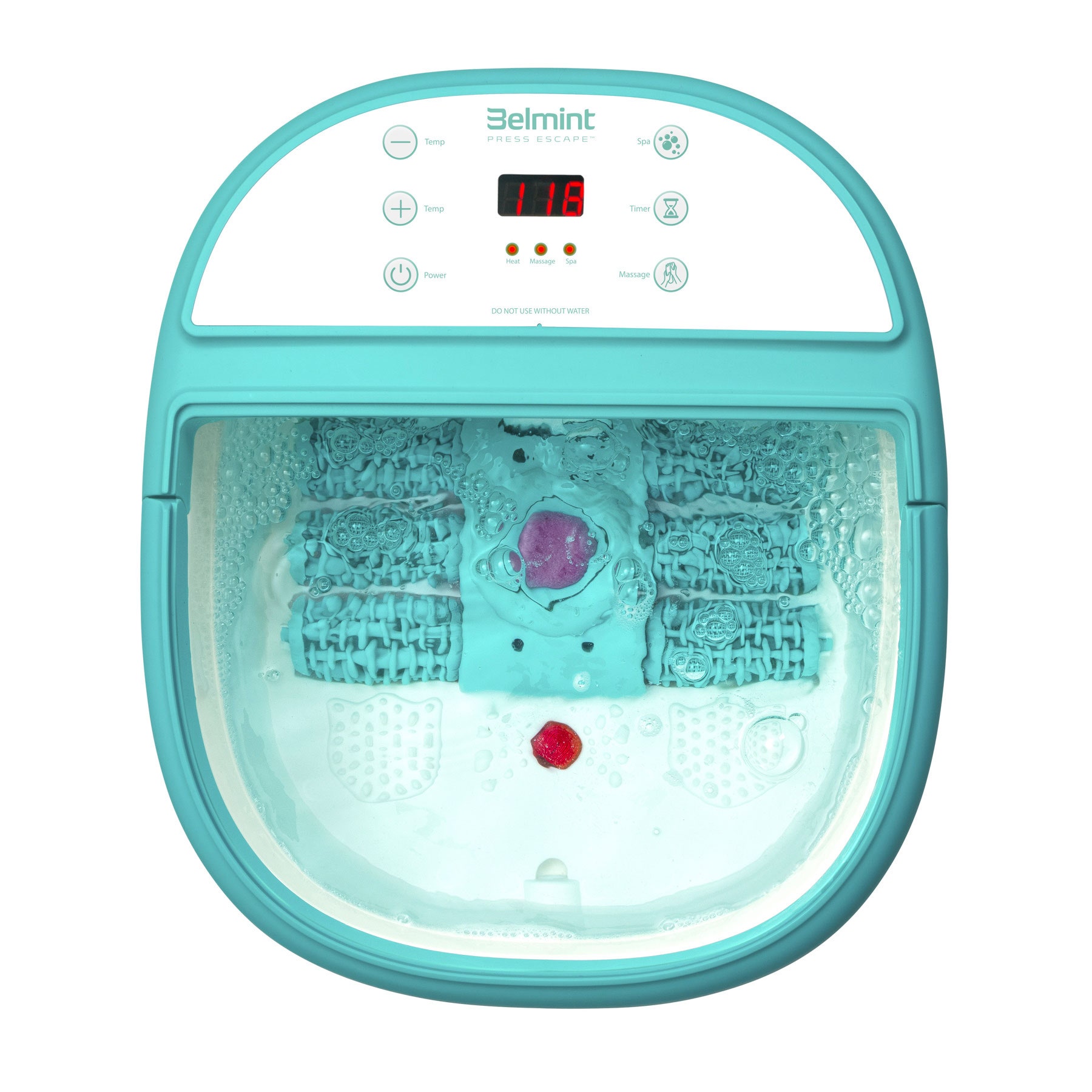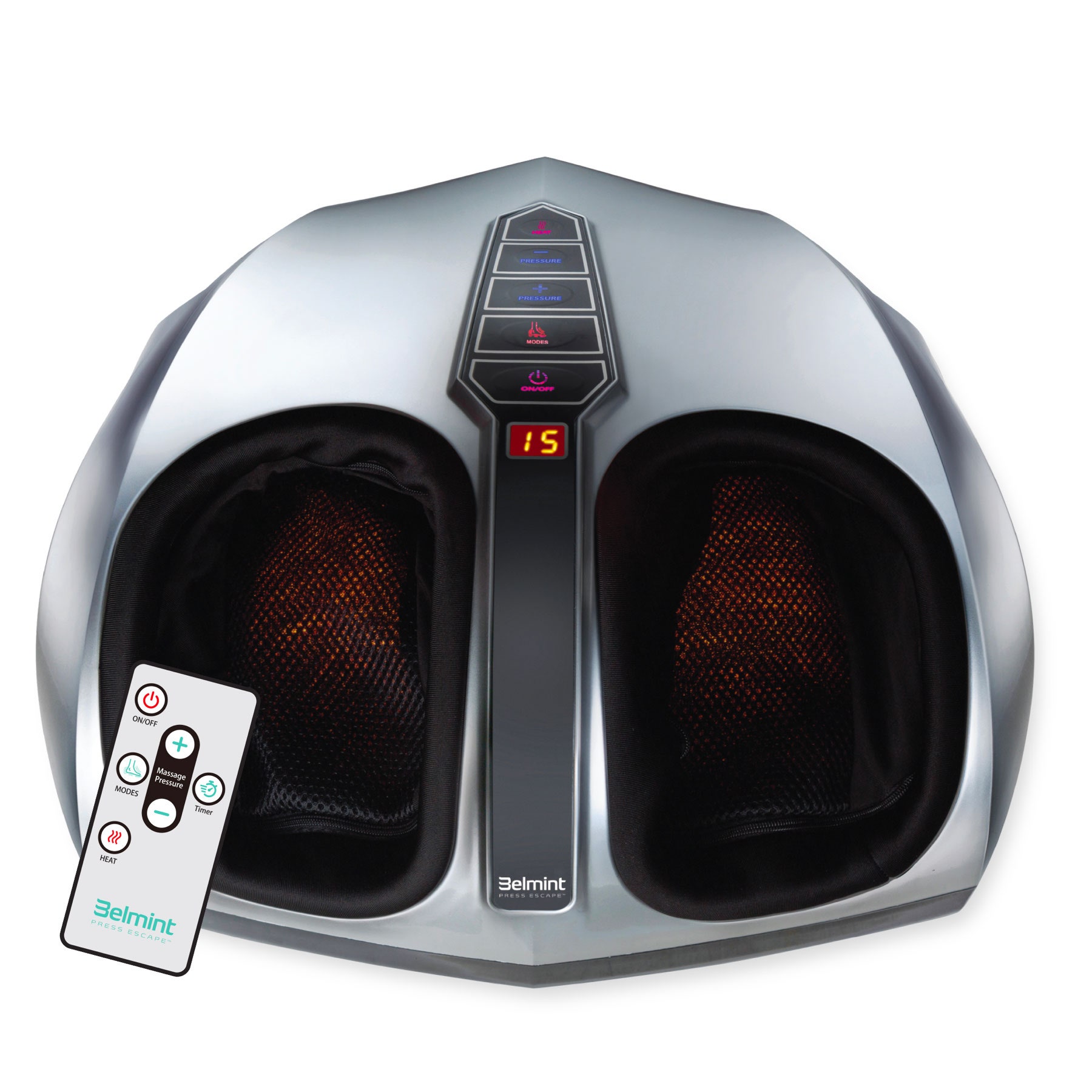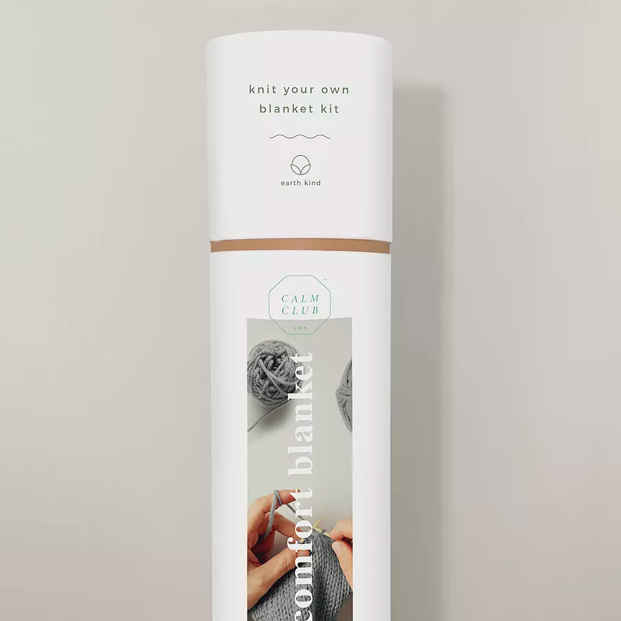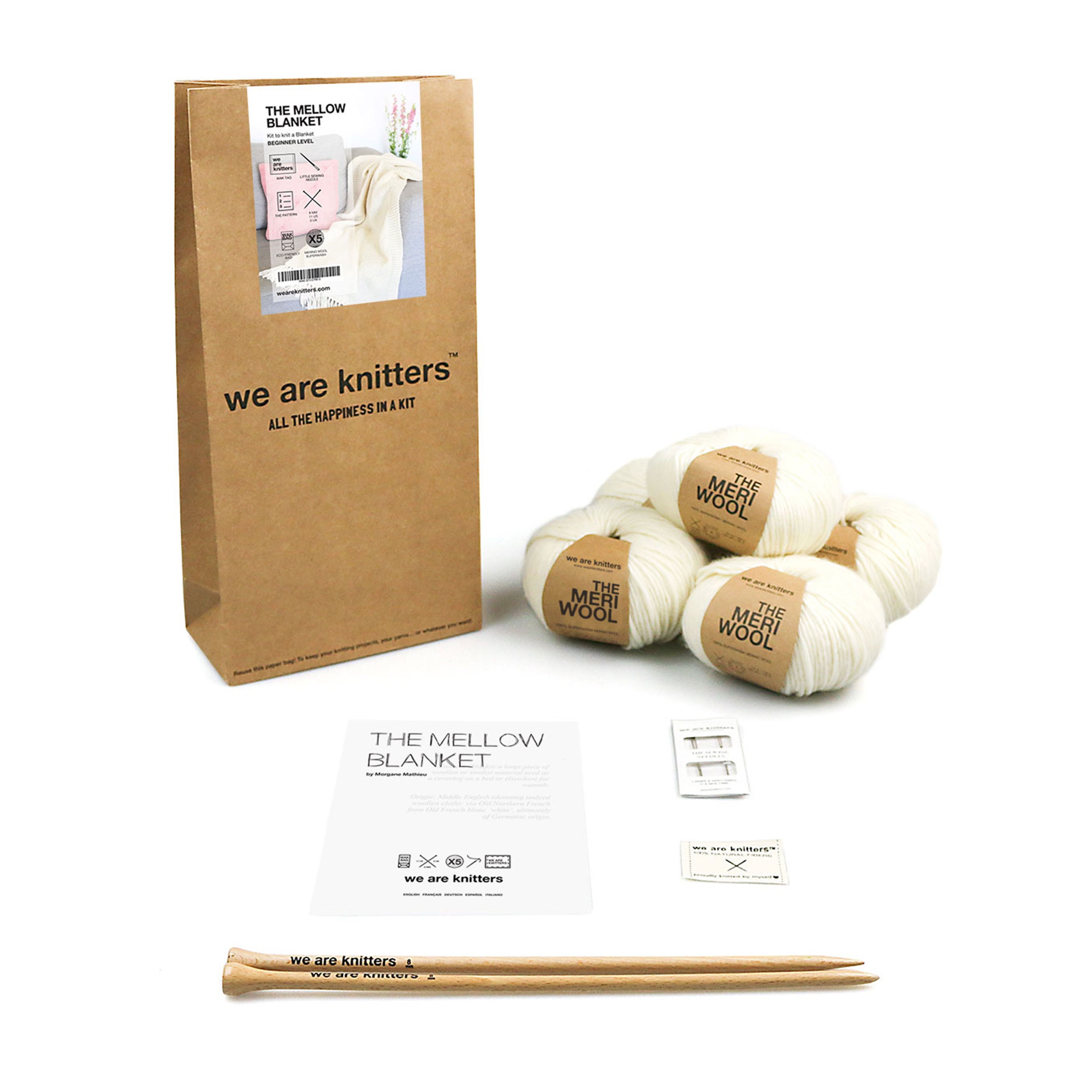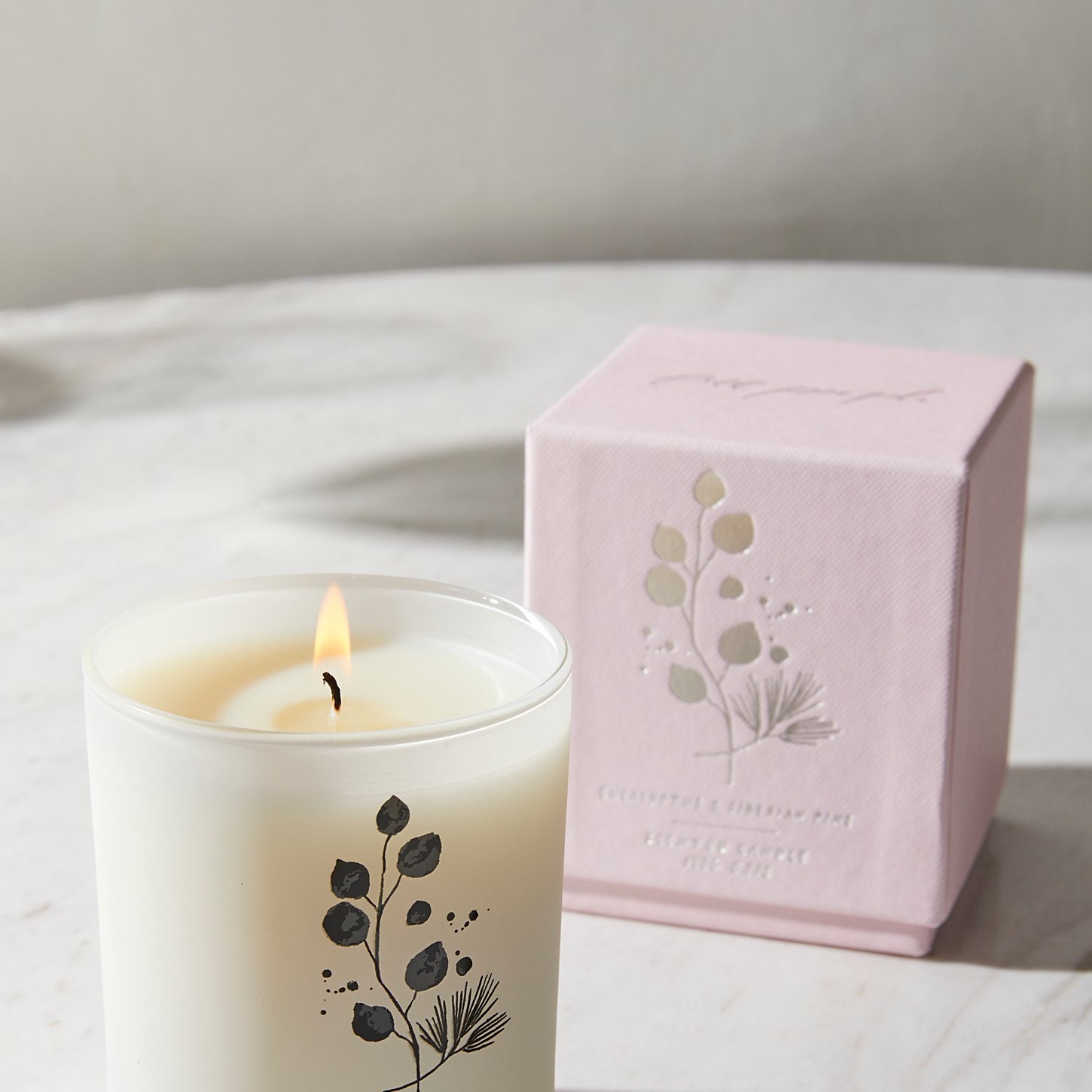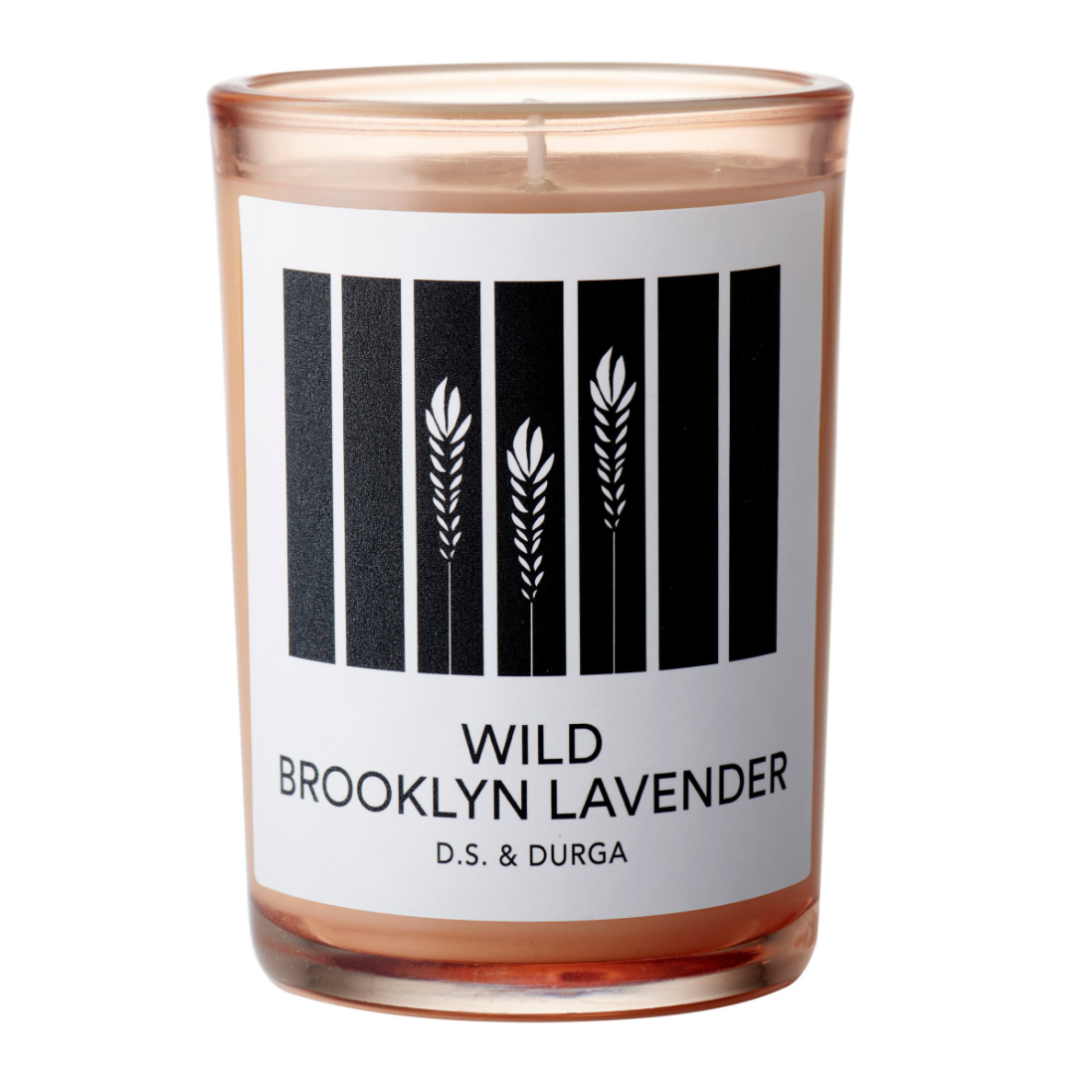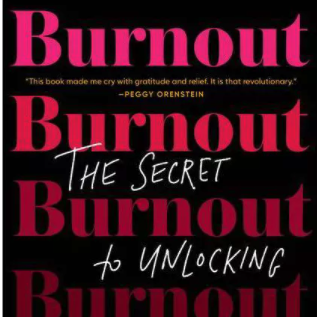You're going to want to bookmark this one.

How to Calm Down, According to Mental Health Experts
We are in the midst of a global anxiety crisis—one that didn't disappear once we hit 2021—so naturally, we’re all wondering how to calm down. “You can’t keep a fight-or-flight response up for a year,” says Miranda Beltzer, a Ph.D. candidate researching emotion regulation and anxiety disorders. “It’s a perfect storm of things that can make people emotionally disregulated.”
According to the Household Pulse survey conducted by the Centers for Disease Control and Prevention and the Census Bureau, well over 50% of adults in their 20s and 30s exhibited symptoms of anxiety- or depression-related disorders in November. The stats have been (understandably) high since the weekly survey began in April. As anxiety rises, so does our need for self-care.
“Of course, we’re all feeling down, but that doesn’t mean we get to skip taking care of ourselves,” says Julia Colangelo, DSW, LCSW, a therapist and adjunct lecturer at Columbia University. “It's important to honor any and all emotions, and continue to seek out support as you may have before the pandemic.”
We asked experts in anxiety and emotion regulation for their favorite stress reduction strategies so you can figure out how to calm down.
1. Grab a weighted blanket.
ICYMI, weighted blankets feel like a 15-pound hug—and we already found the best ones to buy. Studies have shown that using a weighted blanket can significantly reduce anxiety.
Casper Weighted Blanket
2. Create tension to release tension.
Progressive muscle relaxation helps with de-stressing by tapping into your mind-body connection. The idea is simple: Tense up your muscle groups one by one—really squeezing until they’re pretty tense for 30 seconds each—and then release them all at once. Try this five-minute tutorial via InsightTimer after your next Zoom meeting.
3. Binge something comforting.
Whether it’s a playlist on repeat, that same episode of Friends, or a nostalgic holiday film, you can calm down your headspace through repetition. This is especially true for music. “When a melody is familiar, that can be comforting because you know what to expect, you know what’s coming next,” says Rachel Schwartz, M.A., LCAT, MT-BC, CASAC, a psychiatric music therapist.
4. Track your moods.
Keeping track of your changing moods can help you manage them. “Use a visual reminder to track waves of stress, calm, or anxiety,” says Colangelo, who uses an oversized wall calendar to track her own. “When you do experience a more significant bout of stress, you can go back to review your patterns and plan for support.”
5. Take a mental health day.
Tracking your moods can also allow you to plan ahead for low days. For example, your mental state may fluctuate with hormonal changes throughout your cycle, so if you know you typically feel extra anxious just before your period, “you can begin to anticipate certain waves of emotions and inform those around you,” says Colangelo. She suggests planning a Zoom with friends, or taking a mental health day if you can, just to relax.
6. Give yourself a massage.
Self-massage can help relieve pain and stress while stimulating physical touch while socially distant. Try a reflexology technique or outsource your rubdown to one of the best heated mechanical foot massagers.
Belmint Foot Spa Bath Massager with Heat
Belmint Shiatsu Foot Massager with Heat
7. Bust a move.
“There’s so much tension from the routines of masking and sanitizing and being safe—where can you unleash that?” says Schwartz. “Have a dance party in your apartment to literally shake off the energy you’re holding.”
8. Find your inner child.
“I encourage my clients, peers, and students to engage in more activities that activate our inner child and enhance our creativity,” says Colangelo. She paints: “It’s not for social media, I don’t post about it, it doesn’t matter what I make—it’s just for me,” she says.
9. Use your hands.
If painting isn’t your jam, try another form of active mindfulness, like knitting or embroidery, which can help boost your mood and focus on what’s right in front of you.
Calm Club Blanket Knitting Kit
The Mellow Blanket Knitting Kit
$115We Are Knitters10. Retrain your brain.
“A lot of times when you’re in an uncertain situation, your head goes to the worst possible outcome: ‘This will never end, and I will definitely get COVID-19 or give it to someone I love,’” says Beltzer. Cognitive bias modification is a therapeutic practice that can help shift your thinking. You can find a therapist that specializes in helping you get out of anxious thought patterns.
11. Chill out.
For times of extreme distress, Beltzer suggests a practice called ice diving. The basics: Fill a bowl with ice water and dunk your face in. This dialectical behavioral therapy (DBT) tactic balances the nervous system, taking us from a sympathetic response back to a parasympathetic state. “We need these extremes, when we are feeling extreme or when we’re feeling an overall flatness,” says Colangelo.
12. Try aromatherapy.
Lavender aromatherapy has been linked to the ability to decrease stress. Essential oils can be a great aromatherapy tool (just make sure you vet them) or light a scented candle.
Eucalyptus + Siberian Pine Candle
D.S. + Durga Wild Brooklyn Lavender Candle
$65Nordstrom13. Rearrange your space.
“Can you shift your room around, and give yourself more of a sanctuary?” says Colangelo. Channel that Home Edit energy and tackle your closet to remove clutter in your space that could be adding to your stress.
14. Write a letter to yourself.
Colangelo recommends “future writing,” a technique to envision a time beyond the stress of “here and now,” to help you calm down. “Mindfulness is great until we get stuck in the present moment,” she says. “Writing to your future self can be cathartic and start to bridge the gap between the stuckness of here-and-now and the excitement for what good might come down the road.” (You can send yourself notes at FutureMe.org.)
15. Try breathwork.
Practicing certain breathing techniques, known as breathwork, engages our psychosomatic responses by regulating oxygen flow and mental focus. Try taking a deep exhale, which can stimulate your body's relaxation response through the parasympathetic nervous system. Inhale for four seconds, exhale for six, repeat.
16. Try a new meditation app.
There are tons of free meditation apps out there to help you manage stressful situations. If you haven’t found one you love yet, we vetted the best ones.
17. Read a book.
Understanding the science of our emotions can help us navigate them more comfortably. Burnout, by Emily and Amelia Nagowski, is a game changer for understanding our emotional pathways. (Their conversation with Brené Brown on her podcast is also illuminating.)
Burnout
$12Target18. Switch off.
After you finish reading this article, power down your devices for just an hour—or a full weekend if you’re feeling particularly overwhelmed. Let your key loved ones know you’ll be offline for a defined amount of time and then allow yourself to take a mental break. While you’re at it, dive into How to Do Nothing, Jenny O’Dell’s assessment of our productivity culture and the attention economy is an enlightening guide to how we can redesign a better future with technology that feels less draining.
Right now can feel really damn hard. For free live 24/7 support, Crisis Text Line is here to help you.
Stefanie Groner is a writer in Chicago. DM her @stefsnapshots to share your favorite anxiety memes and self-care follows.
This story originally appeared on: Glamour - Author:Stefanie Groner

